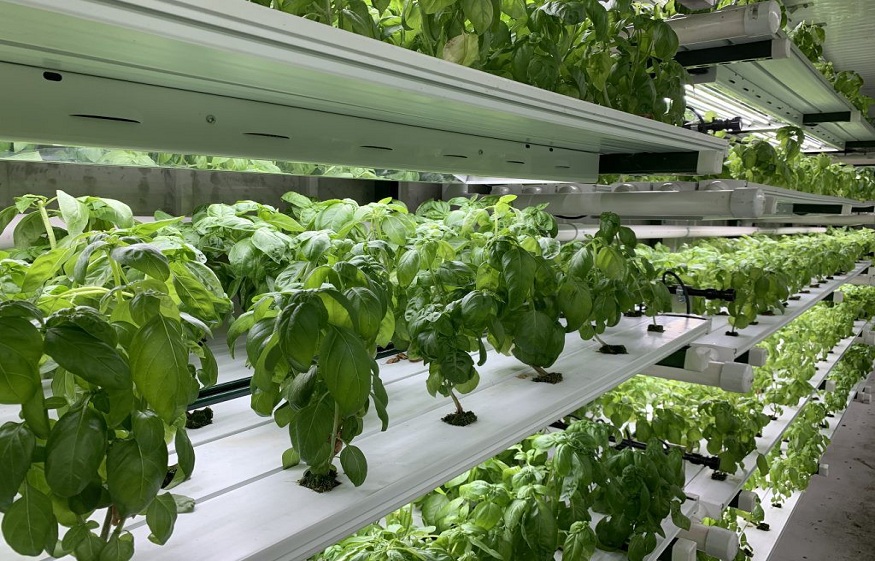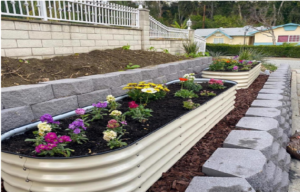Why Vertical Farming In India Is A Must-Accepted Choice
3 min read
What is Vertical Farming and How It Works
As the world’s population continues to grow, inventors are seeking for new ways to feed everyone while minimising the impact on our land and water resources. Vertical farming is an example of a solution that has been used all over the world. Food crops may be conveniently farmed in urban settings using Vertical Farming, which involves planting in vertically stacked layers to conserve space and utilise little energy and water for irrigation.
Vertical farming in India is still in its infancy, but there are a few entrepreneurs and agri-tech enterprises aiming to revolutionise the area. The plants are arranged vertically in a tower-like structure in the physical arrangement. This reduces the amount of space needed to cultivate plants. Then, to maintain an ideal atmosphere for effective plant development, a combination of natural and artificial lighting is utilised. The third component is the plant’s growth medium. Growing media such as aeroponic, hydroponic, and aquaponic are utilised instead of soil. As the technology grows more scientific, the process’ efficiency improves, and vertical farming becomes more sustainable, needing 95 percent less water than traditional agricultural methods.
Advantages and disadvantages of vertical farming-
Advantages:
Vertical farming offers a number of features that make it a potential agricultural technology for the future. The land need is relatively low, water usage is 80% lower, water is recycled and stored, pesticides are not used, and high-tech farms are not reliant on the weather.Farming inside the constraints of a city is now possible with the help of a vertical farm. When farms are close by, the food is delivered swiftly and is always fresh, as opposed to the chilled stuff seen in stores. Reducing transportation costs and emissions lowers the cost of fossil fuels and, as a result, lowers transportation spoilage.
Disadvantages
Vertical farming, like everything else, has its disadvantages. The biggest issue is the initial capital expenses of developing a vertical farming system. There are other expenditures associated with building the structures as well as their automation, such as computerised and monitoring systems, remote control systems and software, automated racking and stacking systems, programmable LED lighting systems, temperature control systems, and so forth.
Methods of vertical farming in India
Aeroponics
NASA’s (National Aeronautical and Space Administration, USA) ambition to find an effective technique to grow plants in space in the 1990s inspired the development of aeroponics.
There is no growth media in aeroponics, and hence no containers for growing crops. Instead of water, mist or nutrient solutions are utilised in aeroponics. It takes extremely little room, very little water, and no soil because the plants are attached to a support and the roots are treated with nourishing solution.
Hydroponics
It is a way of producing food in water without the need of soil and mineral nutrition solutions. This strategy has the primary benefit of reducing soil-related cultivation issues such as soil-borne insects, pests, and illnesses.
Aquaponics
Aquaponics is a name that combines two words: aquaculture, which refers to fish farming, and hydroponics, which is a method of cultivating plants without soil to form symbiotic interactions between plants and fish.






